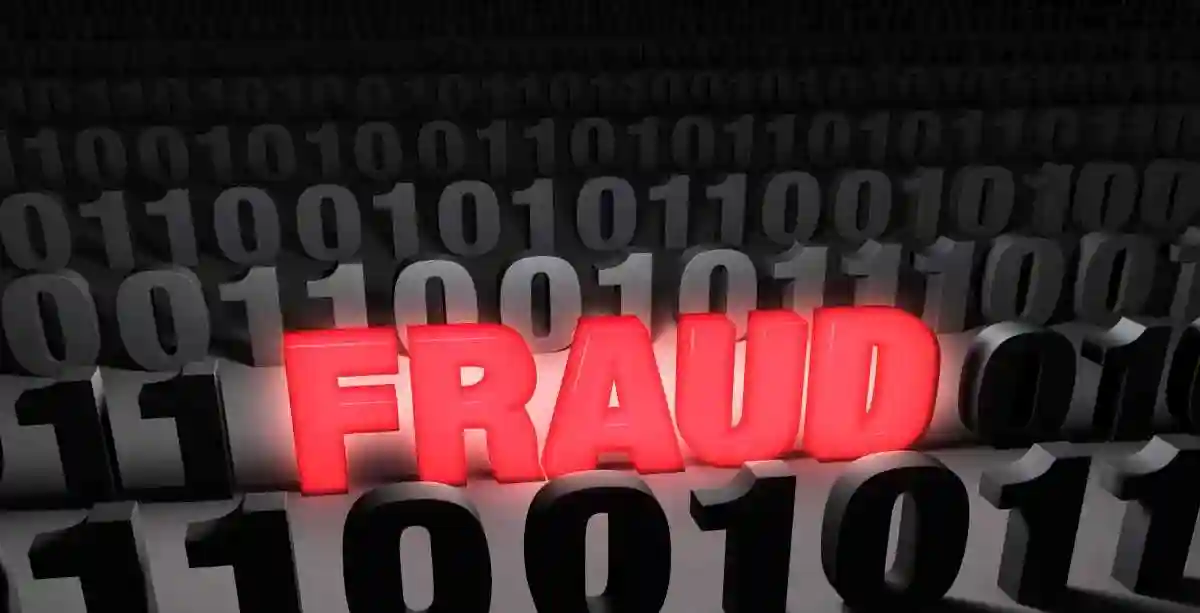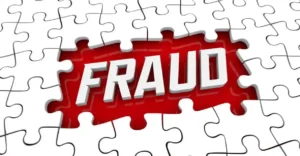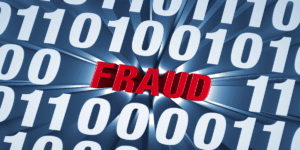Introduction to the Red Cat Class Action Lawsuit
The Red Cat class action lawsuit seeks to represent purchasers or acquirers of Red Cat Holdings, Inc. (NASDAQ: RCAT) securities between March 18, 2022 and January 15, 2025, inclusive (the “Class Period”). Captioned Olsen v. Red Cat Holdings, Inc., No. 25-cv-05427 (D.N.J.), the Red Cat class action lawsuit charges Red Cat and certain of Red Cat’s top current and former executives with violations of the Securities Exchange Act of 1934.
If you suffered substantial losses and wish to serve as lead plaintiff of the Red Cat class action lawsuit, or just have general questions about you rights as a shareholder, please contact attorney Timothy L. Miles of the Law Offices of Timothy L. Miles, at no cost, by calling 855/846-6529 or via e-mail at [email protected]. Lead plaintiff motions for the Red Cat class action lawsuit must be filed with the court no later than July 22, 2025.
Read for answers to the six most frequently asked questions from investors about the Red Cat class action lawsuit,
1. What Are the Red Cat class action lawsuit?
Red Cat, together with its subsidiaries, provides products and solutions to drone industry. Red Cat’s products include, among others, the “Teal 2” drone, a small, unmanned aircraft system designed to purportedly “Dominate the Night” during nighttime military operations.
The Red Cat class action lawsuit alleges that defendants throughout the Class Period made false and/or misleading statements and/or failed to disclose that: (i) Red Cat’s Salt Lake City facility’s production capacity, and defendants’ progress in developing the same, was overstated; and (ii) the overall value of Red Cat’s Short Range Reconnaissance Program of Record Tranche 2 contract (the “SRR Contract”) was overstated.
The Red Cat class action lawsuit further alleges that on July 27, 2023, Red Cat revealed that its Salt Lake City facility could only currently produce 100 drones per month, the facility was still being built, refined, and expanded, and that construction of the facility was only “substantially completed” and potentially could reach a production capacity of 1,000 drones per month over the next 2 to 3 years, but only with additional capital investments and manufacturing efficiencies realized.
On this news, the price of Red Cat stock fell nearly 9%, according to the complaint.

Then, on September 23, 2024, the Red Cat class action lawsuit further alleges that Red Cat announced its financial results for the first quarter of fiscal year 2025, reporting losses per share of $0.17, missing consensus estimates by $0.09, and revenue of $2.8 million, missing consensus estimates by $1.07 million.
According to the complaint, Red Cat further disclosed that Red Cat had spent “the past four months . . . retooling [the Salt Lake City facility] and preparing for high volume production,” while admitting that a “pause in manufacturing of Teal 2 and building Army prototypes impacted Teal 2 sales” because, among other things, Red Cat “couldn’t produce and sell Teal 2 units while retooling [its] factory.”
The Red Cat lawsuit alleges that on this news, the price of Red Cat stock fell more than 25%.
Finally, the Red Cat class action lawsuit further alleges that on January 16, 2025, Kerrisdale Capital published a report alleging that “[t]he SRR contract that Red Cat won in November and preemptively announced without the Army’s permission is much smaller and less favorable than management as intimated,” and that “[i]t’s highly implausible that a mass-production facility for manufacturing drones has been built at any point in the last two years for less than $1 million.”
On this news, the price of Red Cat stock fell more than 21% over two trading sessions, according to the Red Cat lawsuit.
2. What False Statements and Material Omissions Are Alleged in the Red Cat Lawsuit?
The Red Cat lawsuit centers on claims of false and misleading statements made during the Class Period. Legal documents show that executives thought over misrepresenting two key aspects of company operations.
Red Cat’s claims about its Salt Lake City facility’s production capabilities came under scrutiny. The company boasted about its ability to produce “thousands of drones per month” or “tens of thousands of drones per year” throughout 2022. Management confirmed in March 2023 that “The Salt Lake City factory is complete and ready to go” and “We now have the capacity to produce thousands of drones per month”. Plaintiffs claim the reality was starkly different – the facility could only produce 100 drones monthly.

The Red Cat lawsuit also targets Red Cat’s SRR Contract value inflation. The company described the agreement’s worth as “hundreds of millions to over a billion dollars” and showed confidence in generating $50-79.5 million in revenue from this contract in fiscal year 2025. Kerrisdale Capital’s analysis of U.S. Army budget documents revealed the contract’s actual value was just $20-25 million.
The plaintiffs also point out that Red Cat “announced the win without Army approval”, which could affect future negotiations.
The Red Cat class action lawsuit highlights suspicious insider activities. George Matus, the company’s former CTO who created the SRR-winning drone design, stepped down and sold most of his stock right after securing the Army contract. CEO John Thompson also sold his shares during this time.
The company’s financial statements showed no major capital spending toward building the promised mass production infrastructure, which contradicted their public statements. The defendants’ positive claims about Red Cat’s business operations and future prospects were “materially misleading and/or lacked a reasonable basis at all relevant times”, supporting the securities fraud claims.
3. What Is the Lead Plaintiff Process in the Red Cat Class Action Lawsuit?
Under the Private Securities Litigation Reform Act of 1995 (PSLRA):
- Any investor who purchased and suffered losses in Red Cat stock may seek appointment as lead plaintiff in the Red Cat class action lawsuit.
- A lead plaintiff is generally the movant with the greatest financial interest in the relief sought by the putative class who is also typical and adequate of the putative class.
- A lead plaintiff acts on behalf of all other class members in directing the class action lawsuit.
- The lead plaintiff can select a law firm of its choice to litigate the securities class action lawsuit.
- An investor’s ability to share in any potential future recovery of the class action lawsuit is not dependent upon serving as lead plaintiff.
4. When Is the Lead Plaintiff Deadline in the Red Cat Lawsuit?
Lead plaintiff motions for the Red Cat class action lawsuit must be filed with the court no later than July 22, 2025. When a securities class action is filed:
- The person who files the first Red Cat lawsuit is required to publish a notice announcing the filing.
- Anyone who wants to be the lead plaintiff on behalf of the class must thereafter file a motion to be appointed as lead plaintiff(s) no later than 60 days after the notice was published.
5. What Are the Benefits of Serving as a Lead Plaintiff in the Red Cat Lawsuit?

If you suffered losses in Red Cat stock, call us today for a free case evaluation about a Red Cat Lawsuit or just to discuss your rights as a shareholder. (855) 846-6529 Negotiating more competitive attorney fees and reducing litigation costs.
- Managing the litigation by overseeing the progress of the case and reviewing important filings.
- Participating in mediation and settlement discussions.
- Having a voice in decision-making processes regarding the settlement.
- No financial risk, as lead counsel covers all costs and expenses and are paid only if they secure a settlement or judgment recovery for the class
- Potentially enjoying long-term benefits from governance reform resulting from the litigation.
6. What Are the Eligibility Criteria for Lead Plaintiff Appointment in the Red Cat Class Action Lawsuit?
To be eligible for appointment as the lead plaintiff in the Red Cat class action lawsuit, an investor must meet the following criteria:
- Securities Acquisition: The investor must have purchased or acquired Red Cat Holdings, Inc. (NASDAQ: RCAT) securities between March 18, 2022 and January 15, 2025.
- Financial Losses: The investor must have suffered financial losses as a direct result of the alleged securities fraud perpetrated by Red Cat and its executives.
- Typicality and Adequacy: The investor’s legal claims must be typical of those asserted on behalf of the class, and they must demonstrate their ability to adequately represent the interests of the entire class through experience, resources, and the absence of conflicts of interest.

It is crucial to note that both domestic and international investors who meet these criteria are eligible to seek appointment as the lead plaintiff in the class action lawsuit, as courts have consistently recognized the rights of non-U.S. investors in securities class actions.
Contact Timothy L. Miles Today About a Red Cat Class Action Lawsuit
If you suffered losses in Red Cat stock, call us today for a free case evaluation about a Red Cat Class Action Lawsuit. 855-846-6529 or [email protected] (24/7/365).
Timothy L. Miles, Esq.
Law Offices of Timothy L. Miles
Tapestry at Brentwood Town Center
300 Centerview Dr. #247
Mailbox #1091
Brentwood,TN 37027
Phone: (855) Tim-MLaw (855-846-6529)
Email: [email protected]
Website: www.classactionlawyertn.com
Facebook Linkedin Pinterest youtube







